The ultimate guide to the Galaxy S25: which of Samsung's flagship phones is right for you?
I've tested every Galaxy S25 - here's what makes each one unique

The Samsung Galaxy S25 isn't just one phone; it's a family of four distinct flagships, each vying to be the best Android phone you can buy. With the introduction of the sleek Galaxy S25 Edge, the lineup is more compelling and more confusing than ever.
Which one should you choose? From the surprising Galaxy S25 Plus to the innovative Galaxy S25 Edge and the peerless Galaxy S25 Ultra, I'll break down exactly what makes each device unique, so you can find the perfect Galaxy for you.
Here’s what makes the Galaxy S25 family stand out
Before we dive into what makes each model different, it's important to understand what makes them all part of the best smartphone family on the market. Samsung has packed every S25 with features that set them apart from the competition.
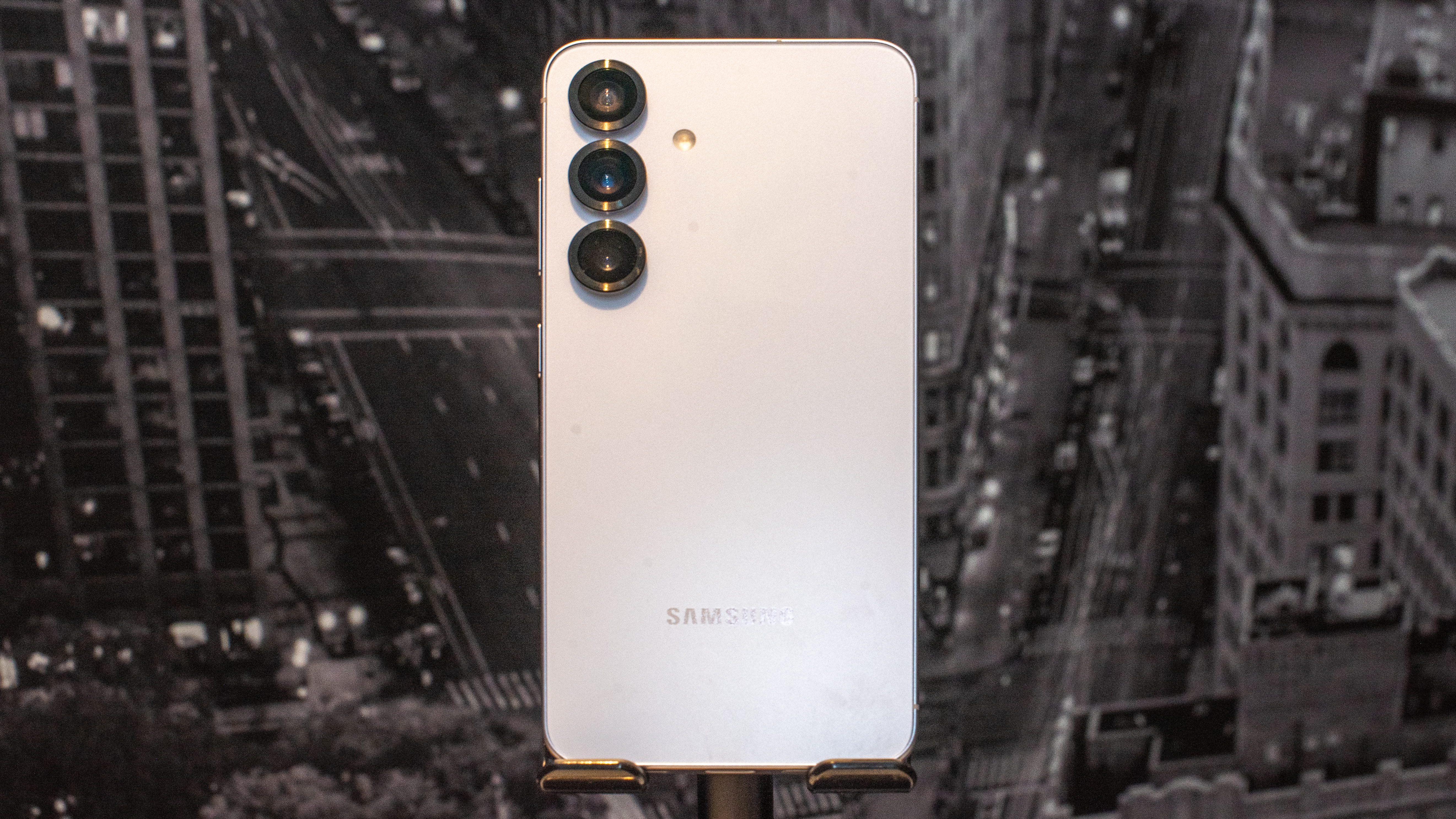
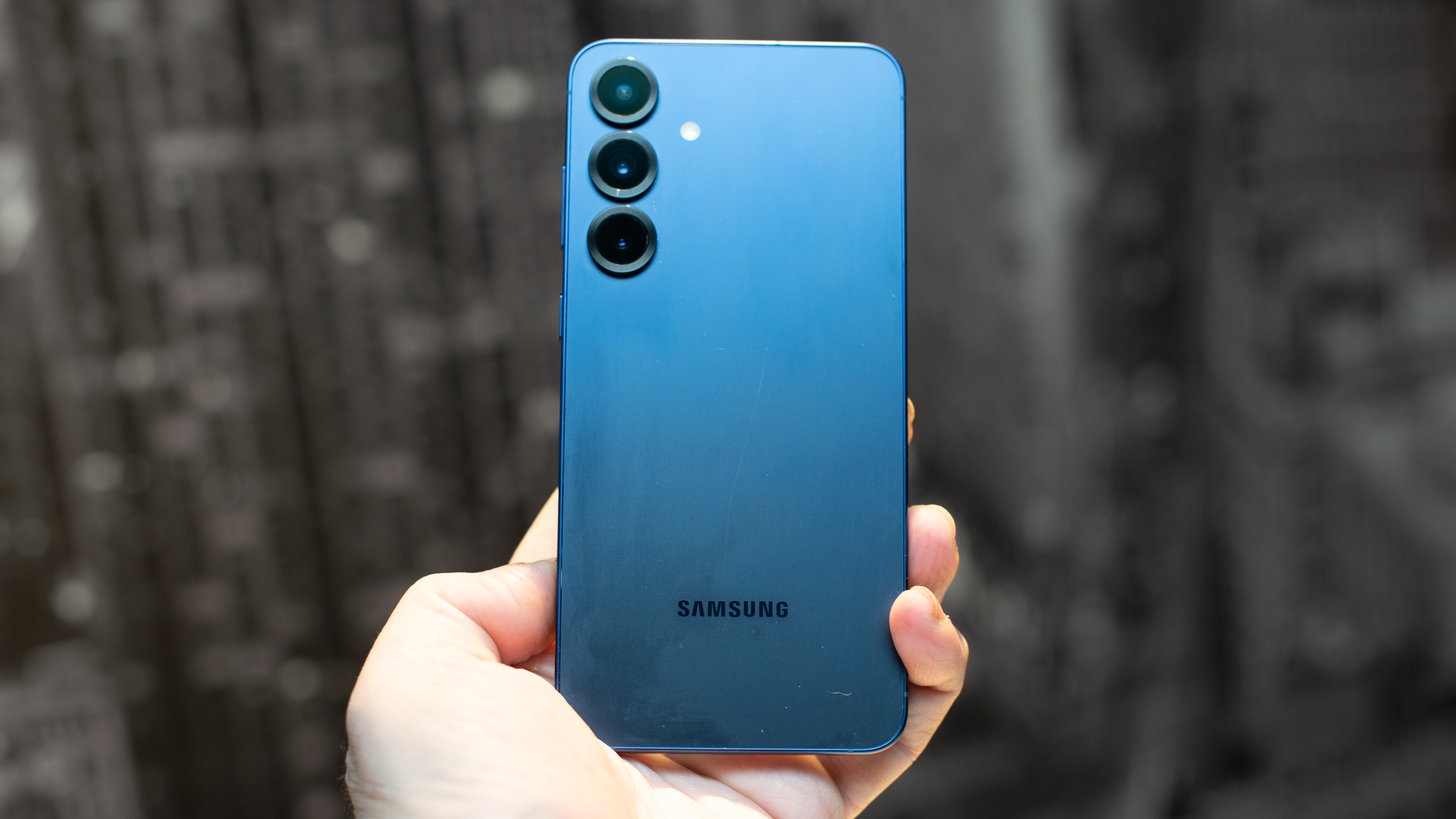
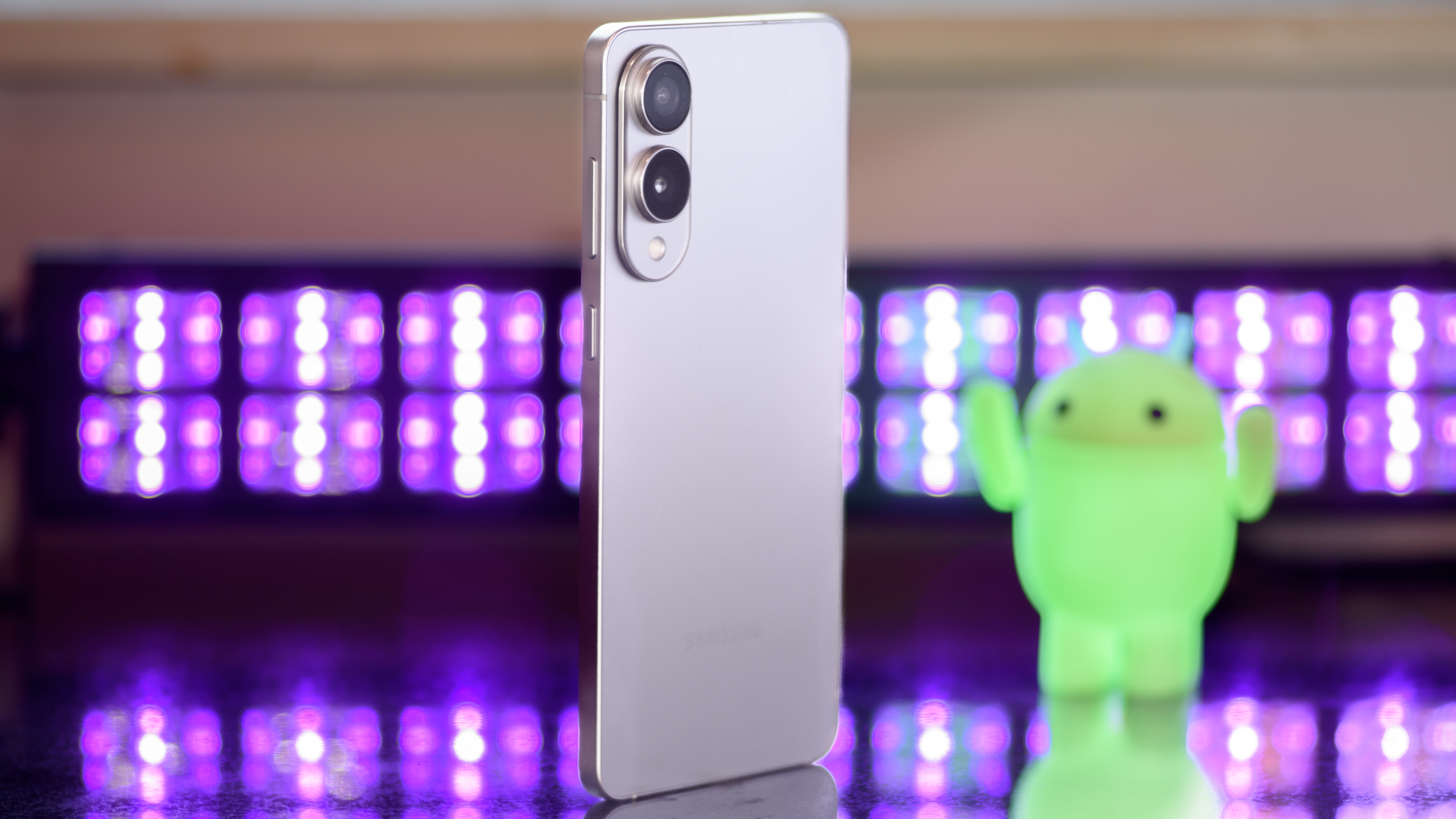
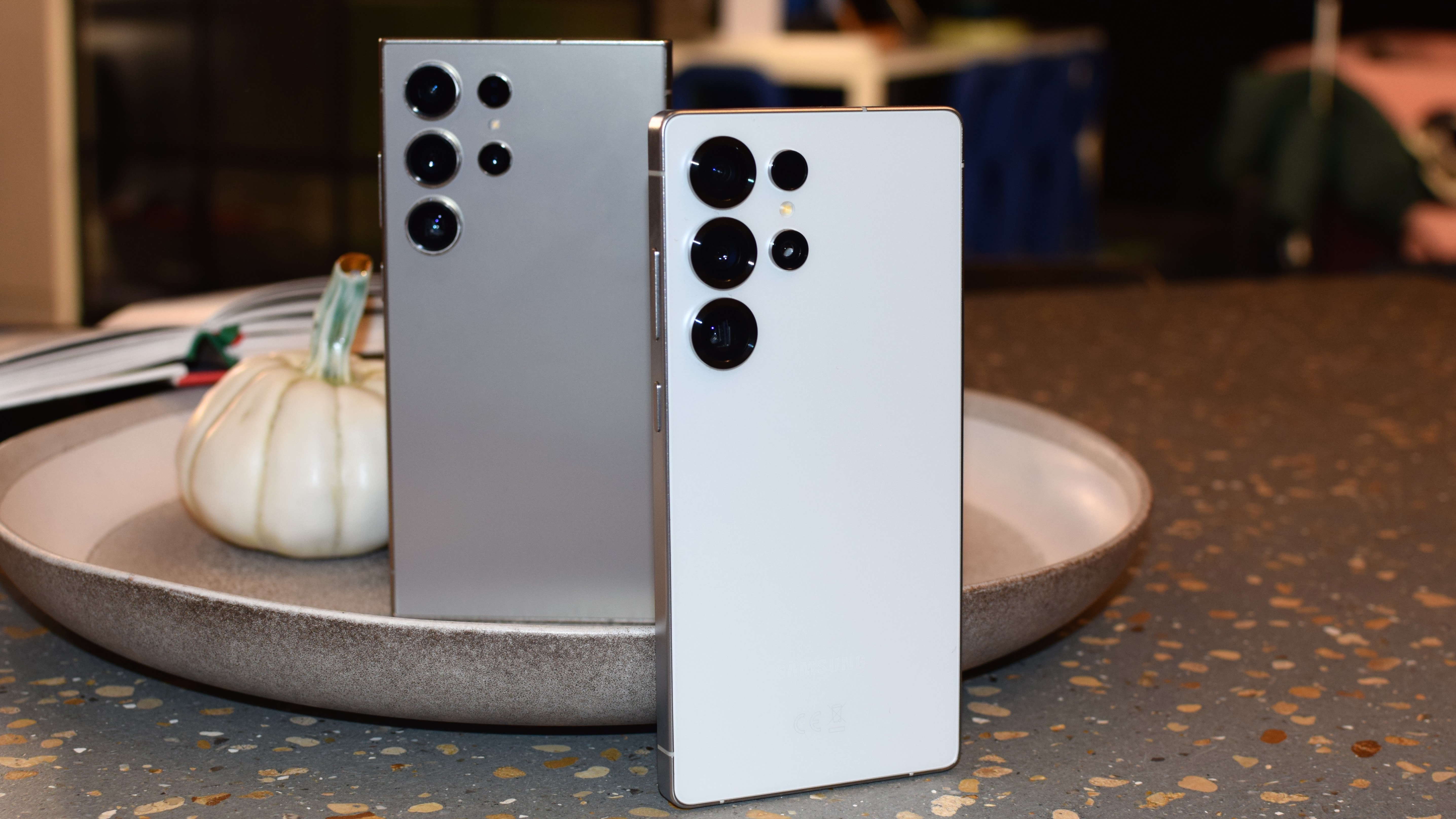
- Unmatched performance: Samsung and Qualcomm created an overclocked version of the Snapdragon 8 Elite for Galaxy. The results are staggering. The base model S25 beats even the iPhone 16 Pro Max in benchmarks, including GeekBench 6.3 multi-core tests and 3DMark Wild Life Unlimited graphics tests.
- Best-in-class displays: Each S25 features a dazzling LTPO AMOLED display with a variable 1-120Hz refresh rate. This allows for a full-color always-on screen that sips power at 1Hz. The screens can all dim at 480Hz PWM, reducing eye strain.
- Premium durability: All four models are rated IP68 for dust and water resistance, so you can get them dirty and wash them in the sink. They all use tough Gorilla Glass Victus 2 on the back and durable Gorilla Glass on the front.
- Powerful software: Samsung’s OneUI 7, built on Android 15, is more than just a "skin." It’s a deep, feature-rich interface with countless tools and shortcuts accessible from floating windows, side panels, and – on the Ultra – the S Pen.
- A desktop in your pocket: All models feature Samsung DeX, which transforms your phone into a full-blown desktop when connected to a monitor, mouse, and keyboard. It's a powerful way to stay productive on the go.
Galaxy S25: the lightest powerhouse
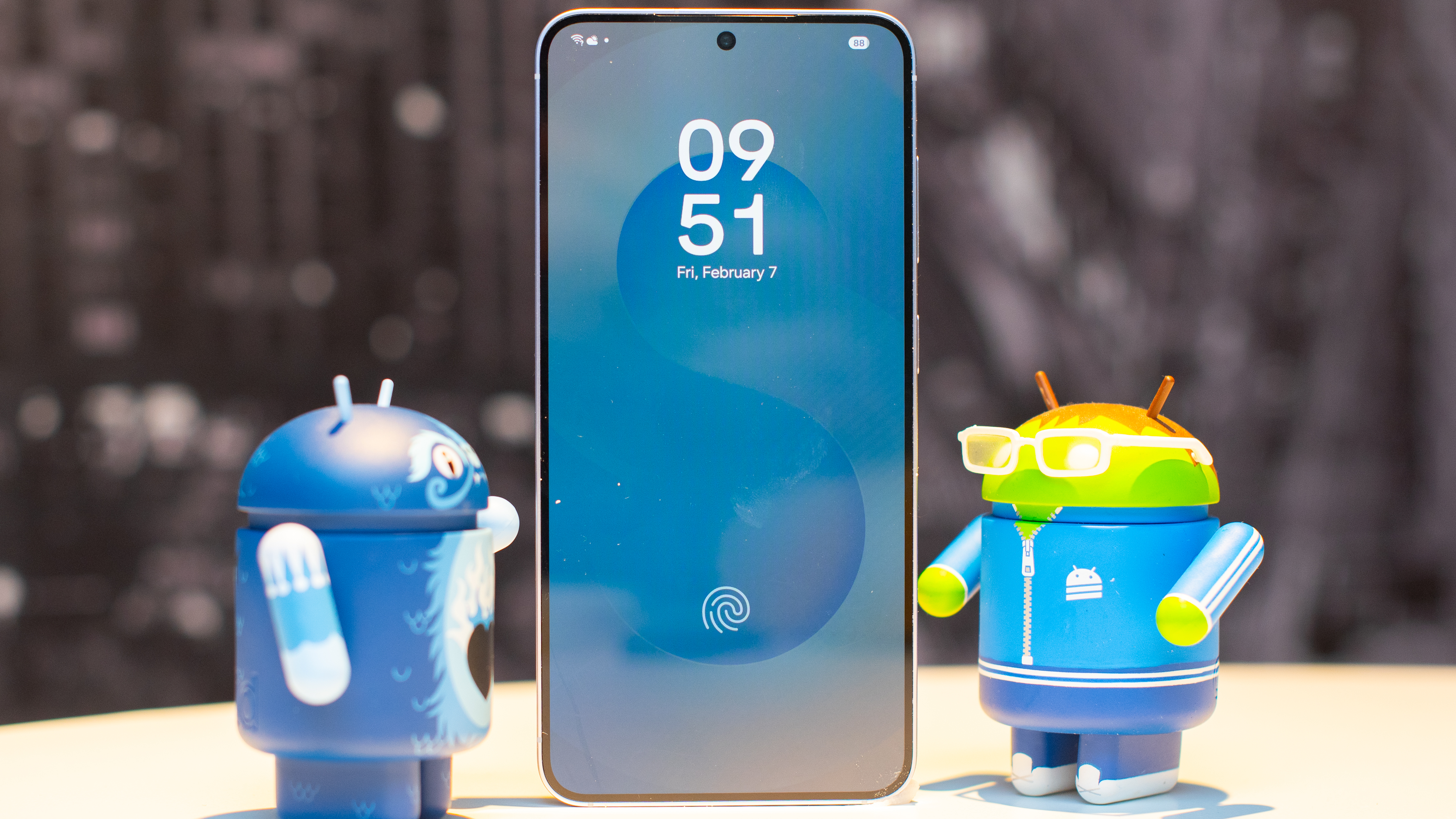

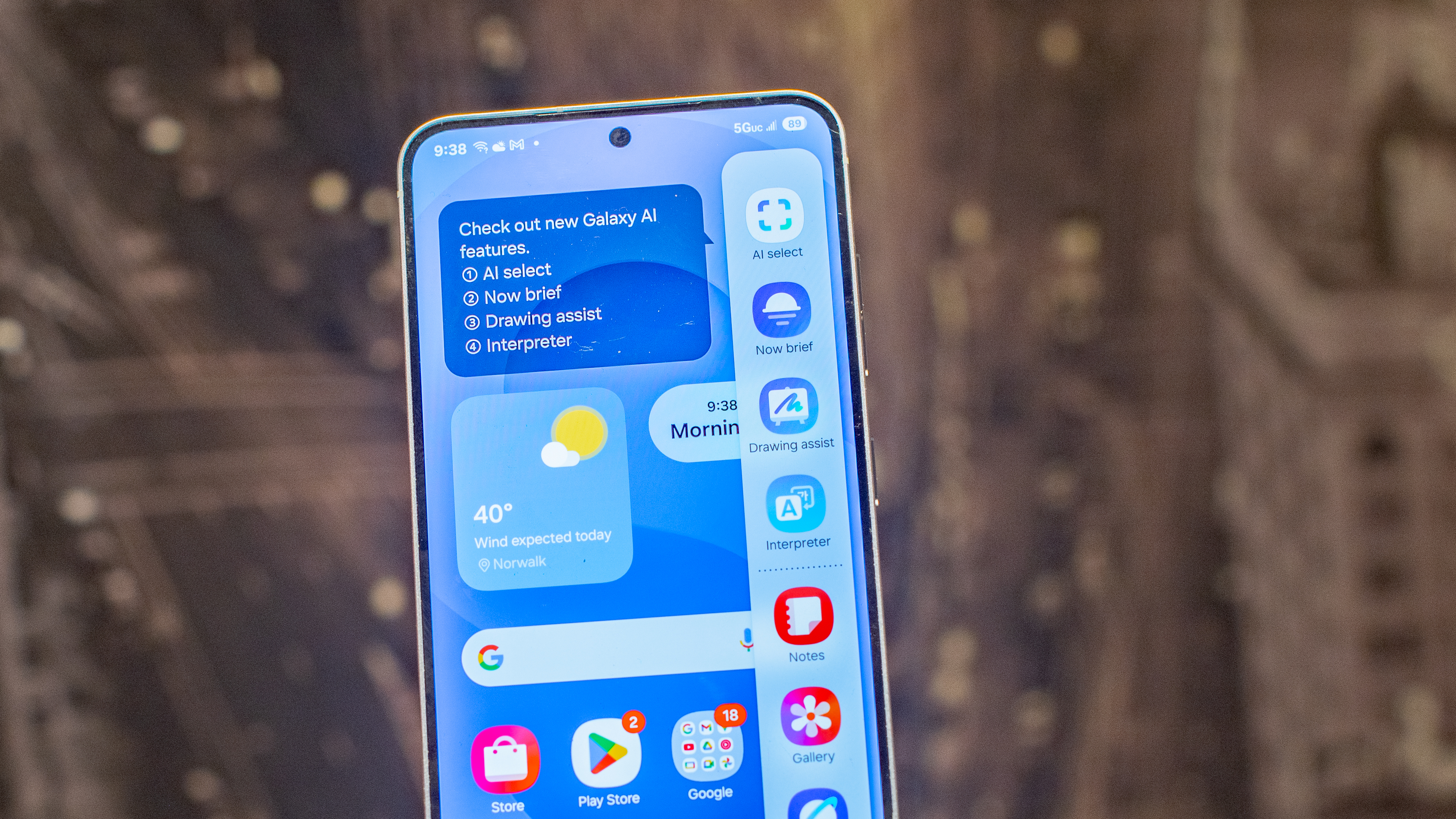

- $799 / £699 / $1,349 for 128GB (256GB in Australia) and 12GB of RAM
- Smallest and lightest Galaxy S25 family phone
- Real 3X zoom, unlike iPhone 16 or Pixel 9 rivals
Don’t dismiss the Galaxy S25 as "basic." Starting at $799 / £699 / $1,349, this phone is a powerhouse that challenges competitors at the same price. It's one of my favorite small phones, framed in Armor Aluminum 2, and is the lightest of the family at only 162 grams.
The Galaxy S25 stands out with more camera options than its rivals. While the base iPhone 16 and Pixel 9 have no zoom lens, the Galaxy S25 includes a true 3x optical zoom camera alongside its wide and ultrawide lenses. It even has a larger ultrawide sensor than the iPhone 16. For videographers, it records in stunning 8K resolution at up to 30fps, a feat the iPhone 16 and Pixel 9 can't match.
Best of all, the Galaxy S25 comes in some of Samsung’s best colors, with seven options including online exclusives: Navy, Silver Shadow, Icyblue, Mint, Pinkgold, Blueblack, and Coralred. The only minor drawback is that the base model still starts with 128GB of storage (except in Australia), so an upgrade is recommended if you can afford it.
Galaxy S25 Plus: more Ultra than you’d expect
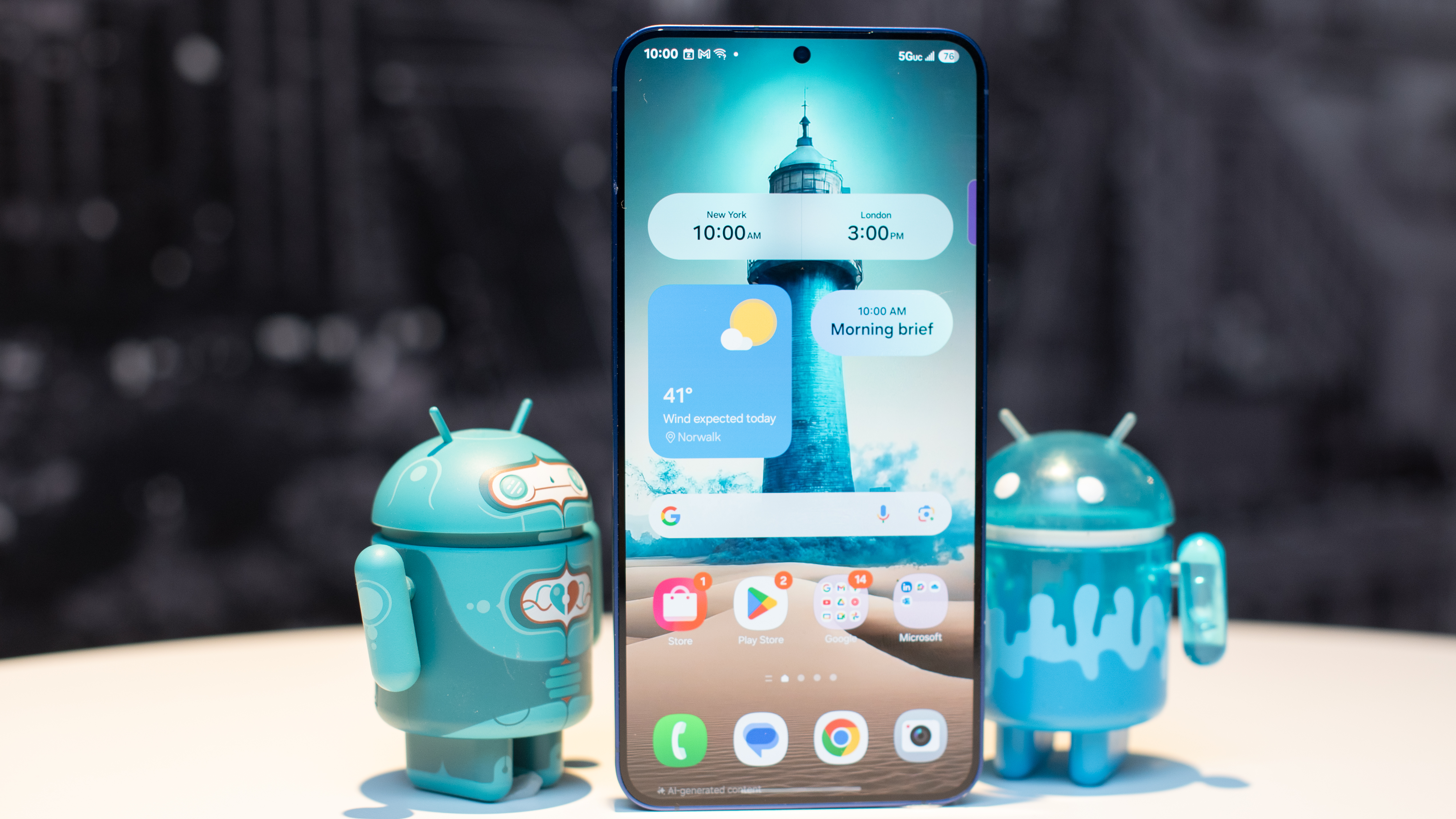
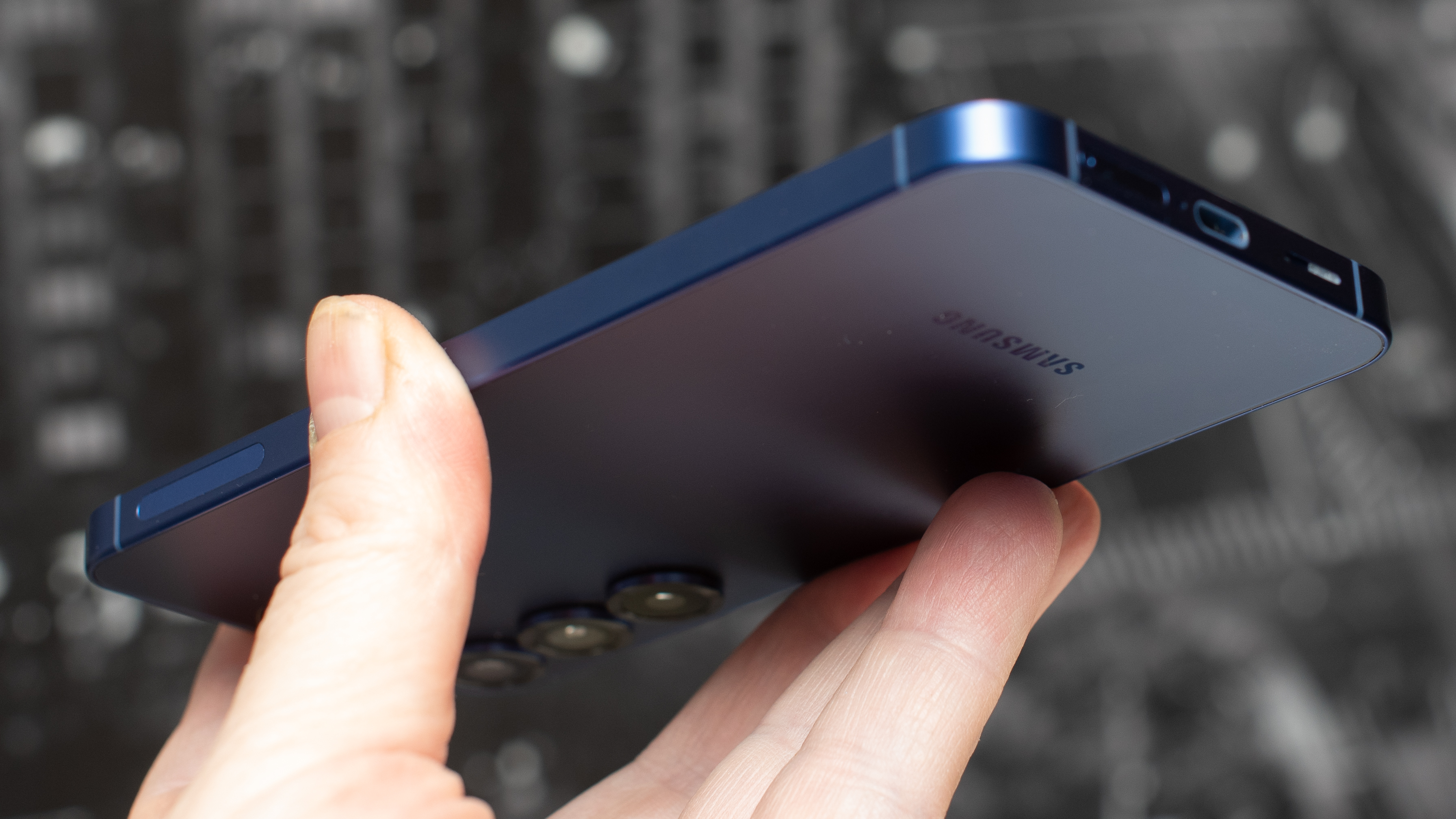
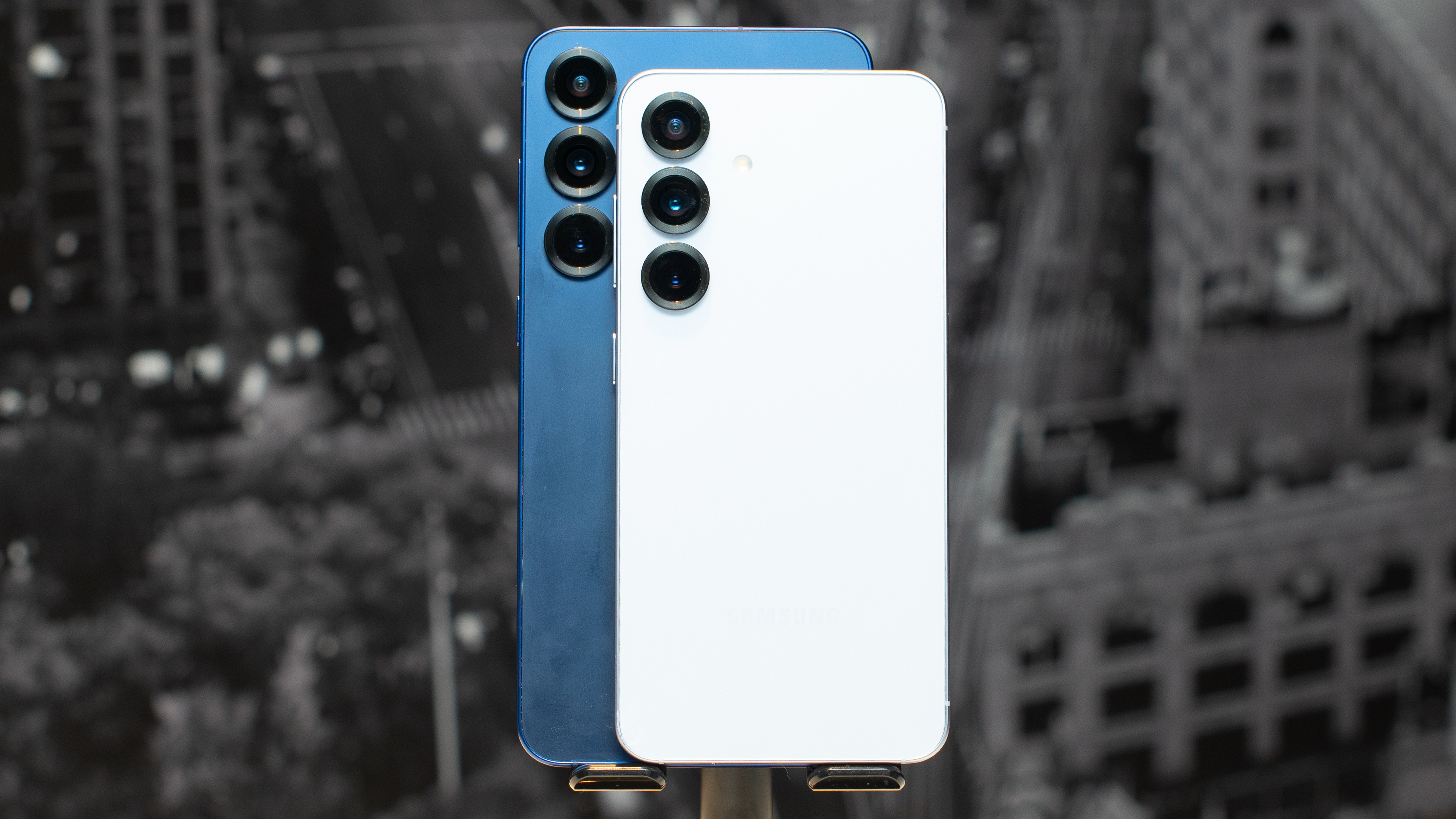
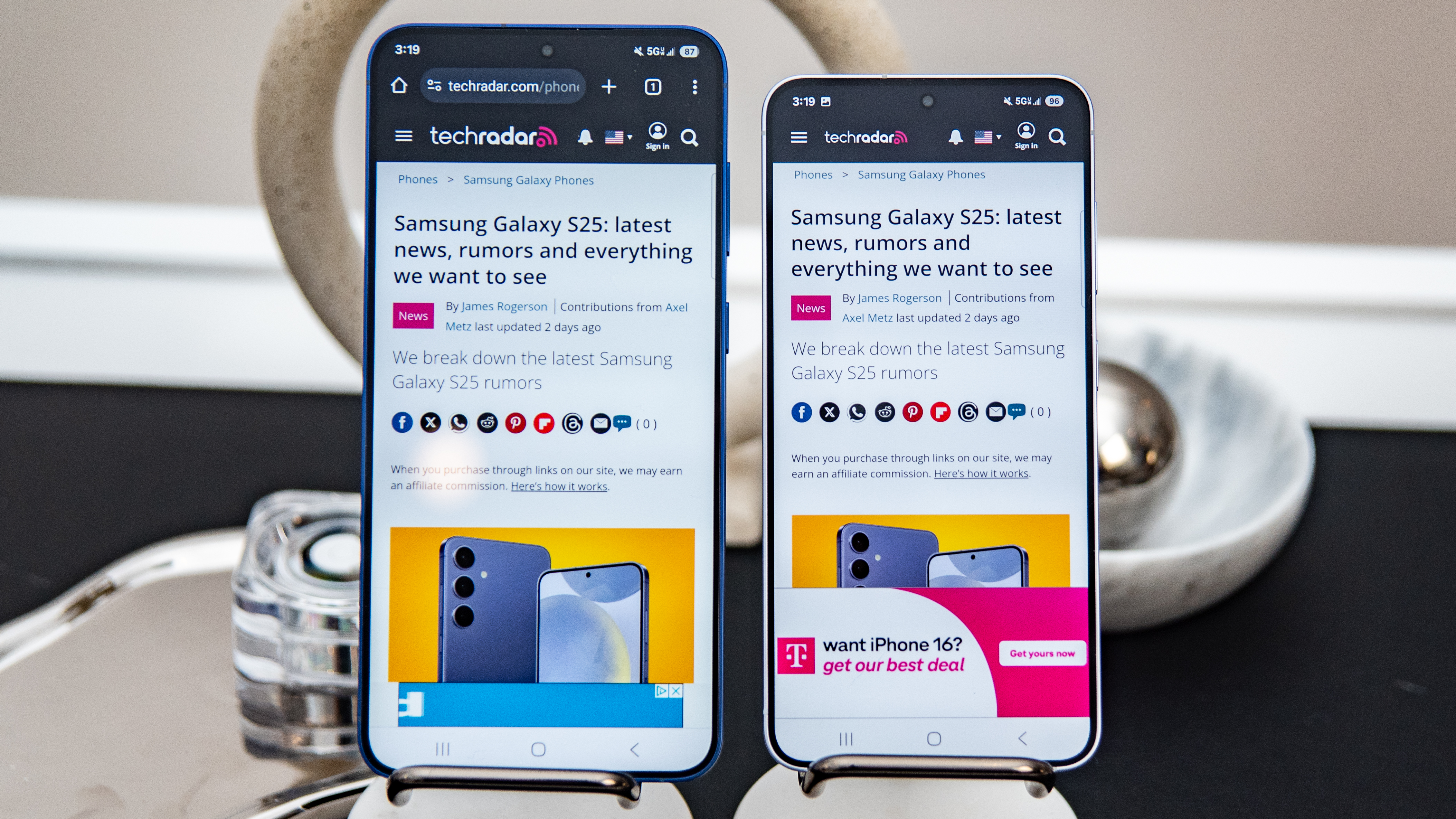
- $999 / £999 / AU$1,549 for 256GB and 12GB of RAM
- Best battery life of any Galaxy S25 family device
- Higher-resolution display than Galaxy S25
The Galaxy S25 Plus looks like a larger Galaxy S25, but its upgrades are more than skin deep. It gets a major display upgrade to 1440 x 3120 pixels, the same sharp resolution as the Galaxy S25 Ultra.
Sign up for breaking news, reviews, opinion, top tech deals, and more.
Its real advantage, however, is battery life. With a 4,900mAh cell, the Galaxy S25 Plus pulls off a stunning upset over its Ultra sibling. In our Future Labs tests, it was the longest-lasting Galaxy S phone ever, running for an incredible 18 hours and 46 minutes. The S25 Ultra lasted 18 hours and 35 minutes, while the base Galaxy S25 managed a respectable 15 hours and 51 minutes.
The Galaxy S25 Plus also charges faster than the base model (45W vs. 25W), reaching 70% charge in just 30 minutes in our tests, compared to 57% for the S25.
Galaxy S25 Edge: a little Ultra, a little less

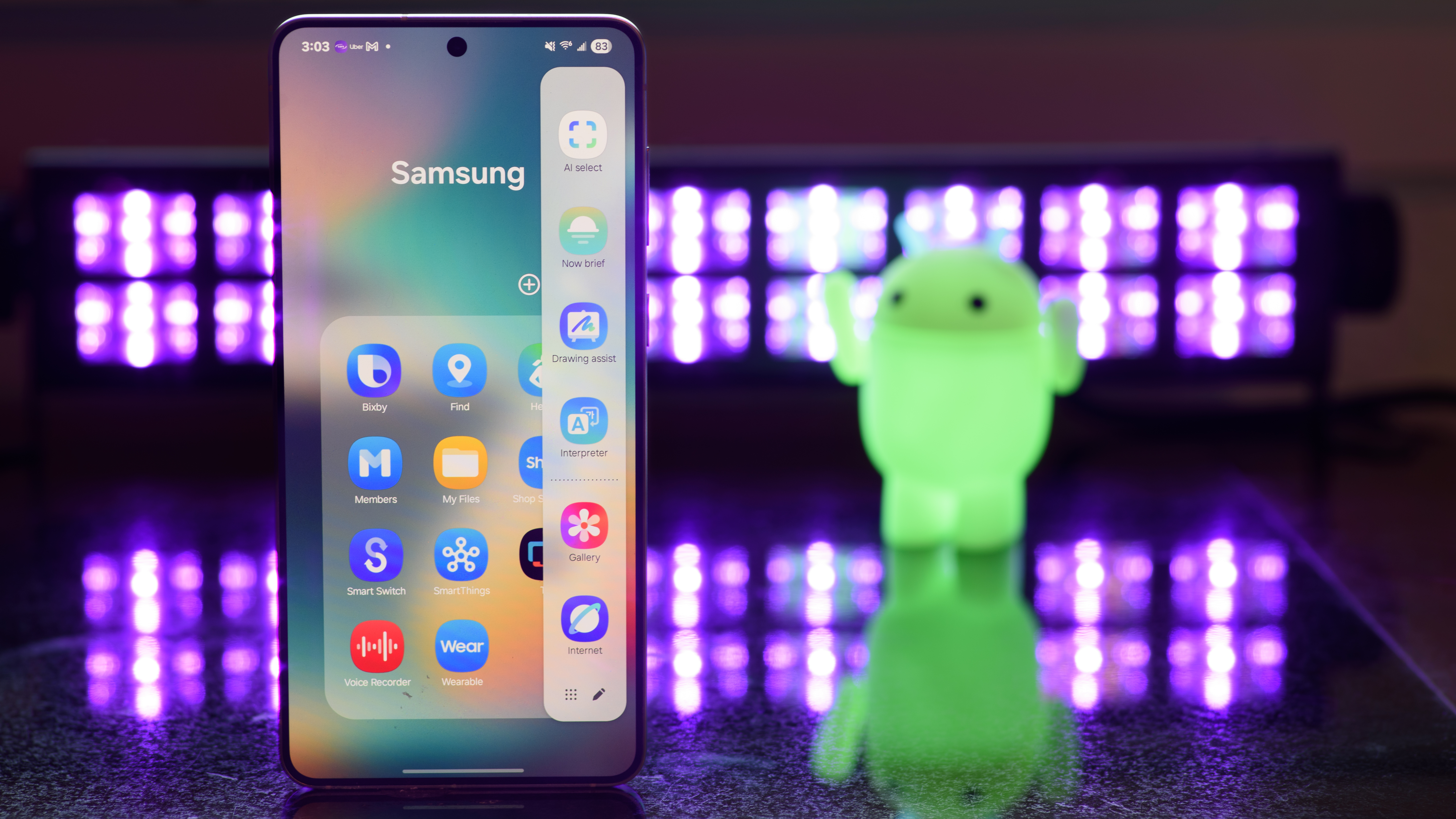
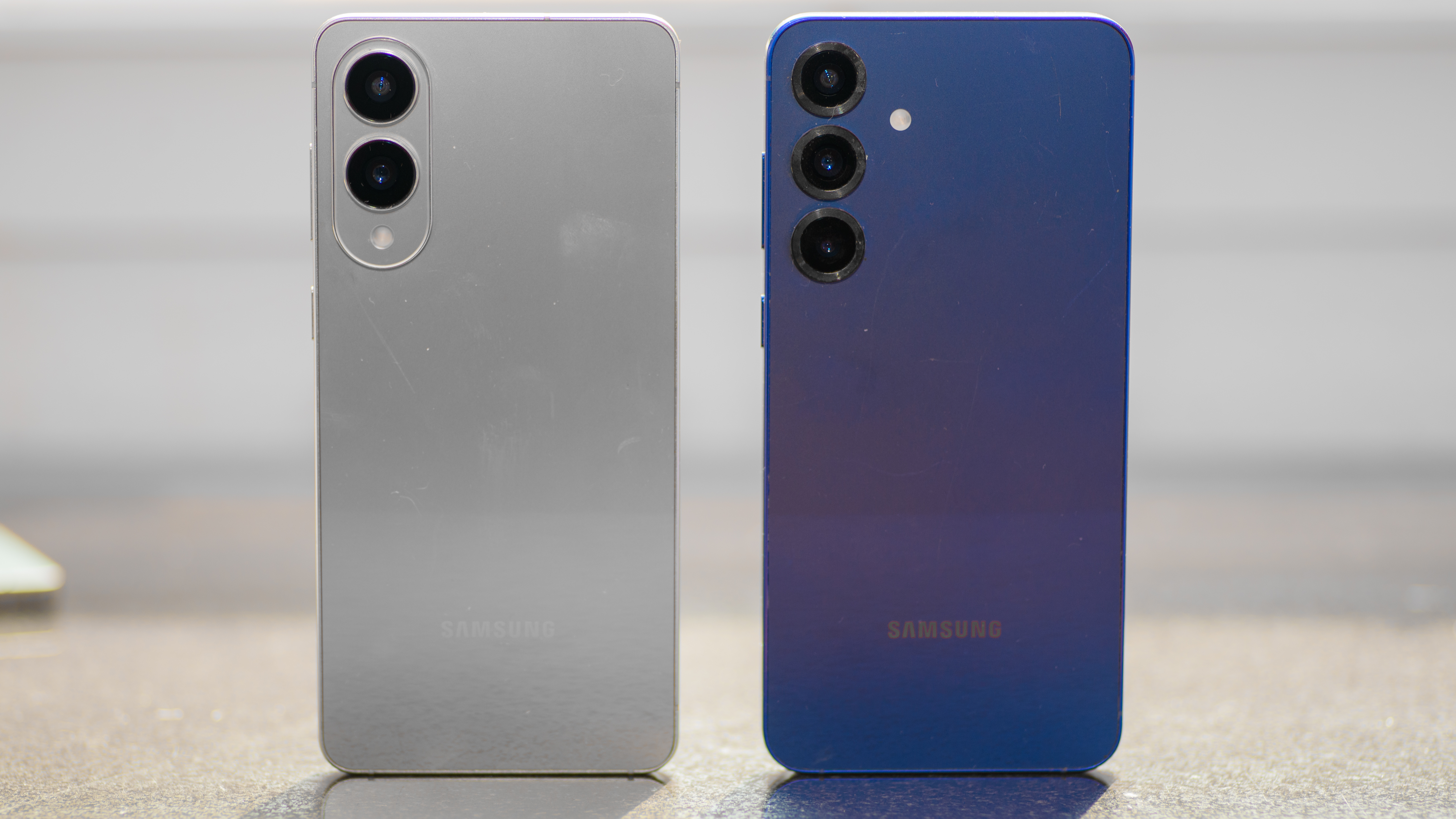
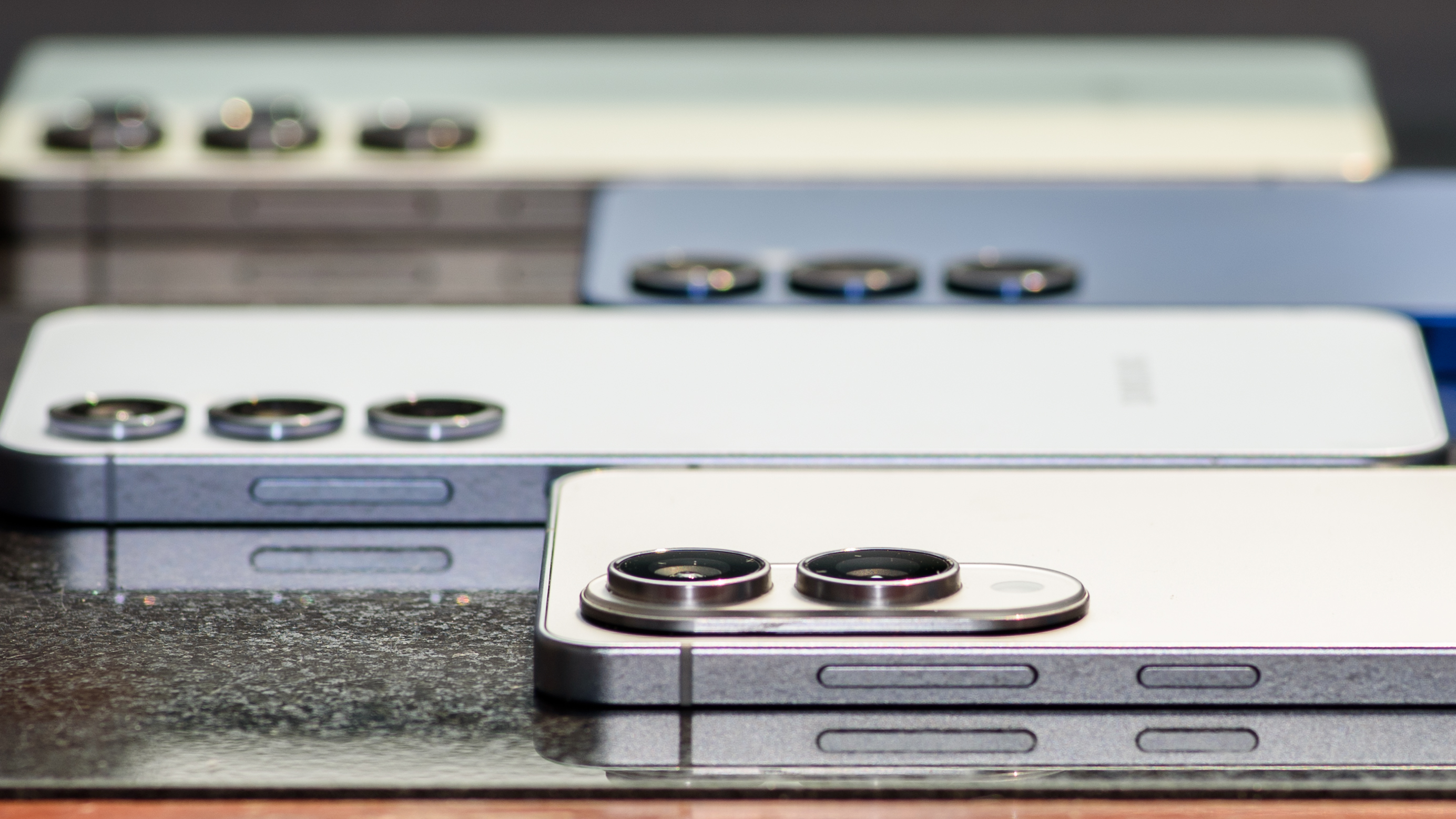
- $1,099 / £1,0999 / $1,449 for 256GB and 12GB of RAM
- Thinnest Galaxy S device ever, with titanium frame
- 200MP main camera just like the Galaxy S25 Ultra
The Galaxy S25 Edge is the most unique phone in the lineup, borrowing the best parts from its siblings. It features a lightweight titanium frame like the Ultra, but is the thinnest Galaxy S phone ever at a mere 5.8mm thick. It anticipates a rumored new direction for phone design, with an Apple iPhone 17 Air rumored to be peering from the stage wings, awaiting a September launch.
To achieve its thinness, the Galaxy S25 Edge uses a smaller 3,900mAh battery, which reduces its runtime to 12 hours and 54 minutes in our tests. It also forgoes a dedicated optical zoom lens. However, Samsung compensates with an impressive 200MP main camera sensor, just like the Ultra's, which is larger than the sensors on the Galaxy S25 and Galaxy S25 Plus. This allows for excellent digital zoom and helps the Edge record video in 8K at 30fps or 4K at 120fps.
The Edge has two other surprise advantages. First, its display was the brightest of all S25 models in our Future Labs tests, hitting an impressive 1997 nits. Second, in real-world stress tests, its cooling was exceptional; it was the only phone that did not shut down in hot, direct sunlight in my real-world stress testing.
Galaxy S25 Ultra: née plus ultra superphone
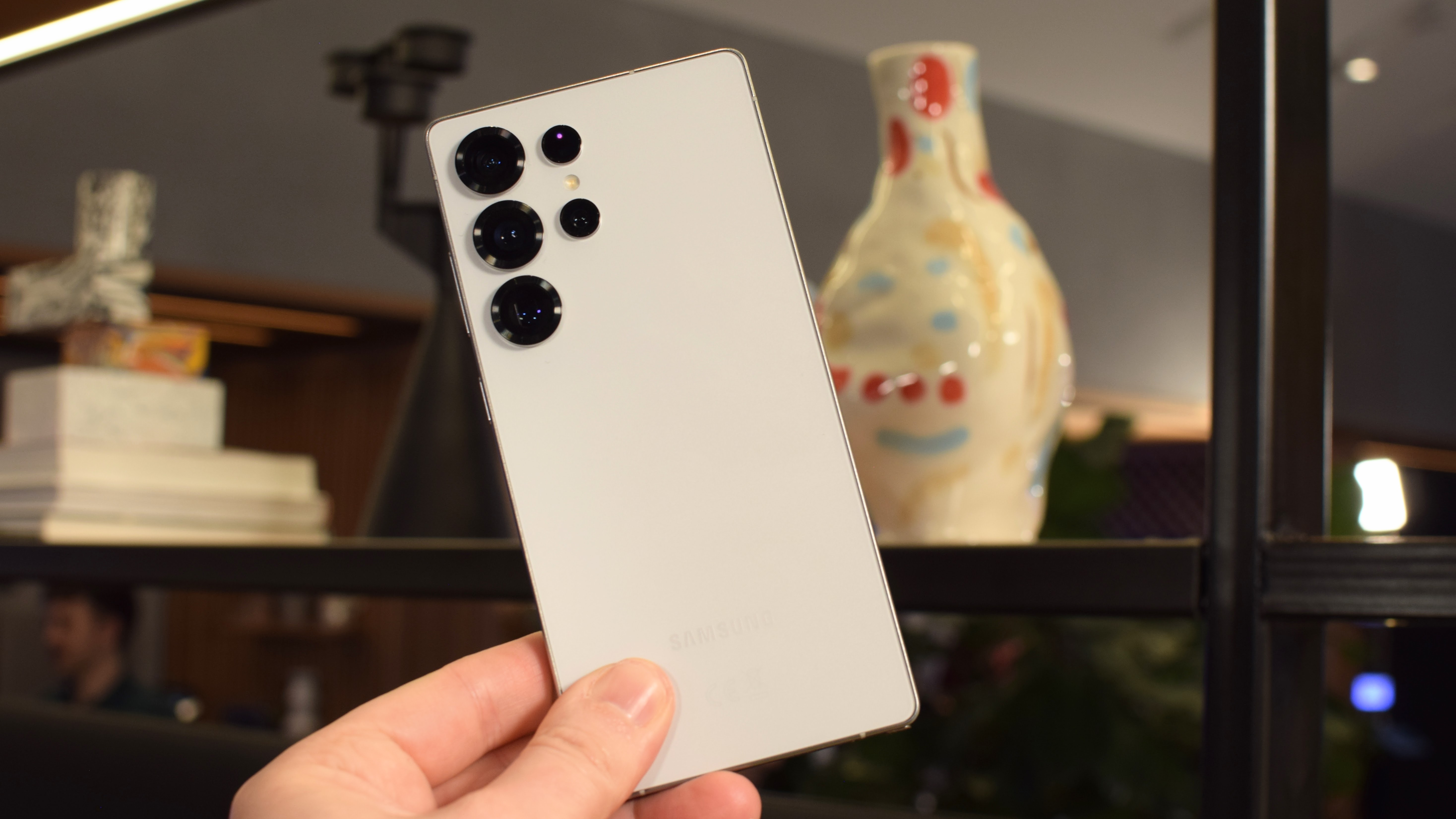

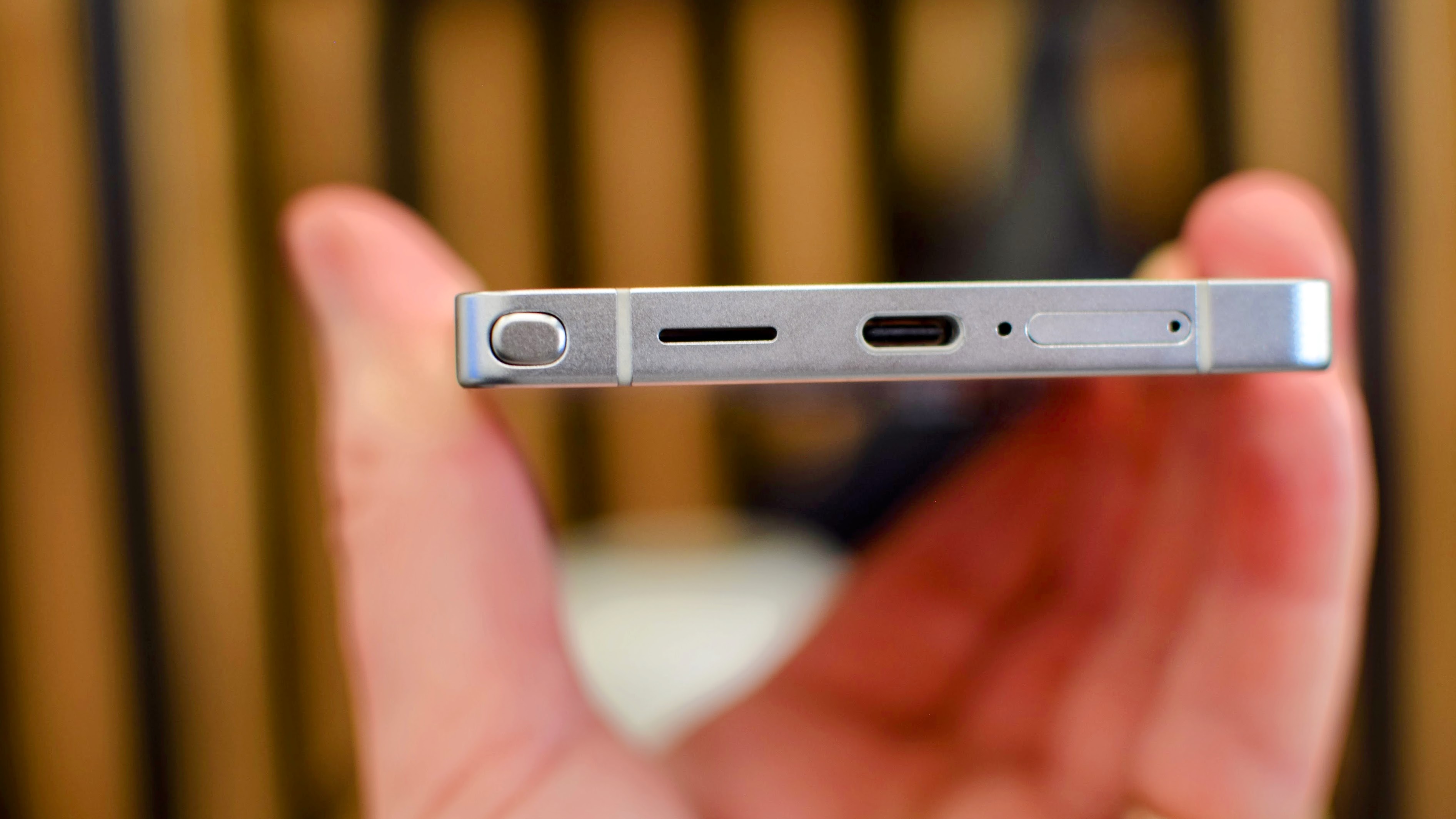
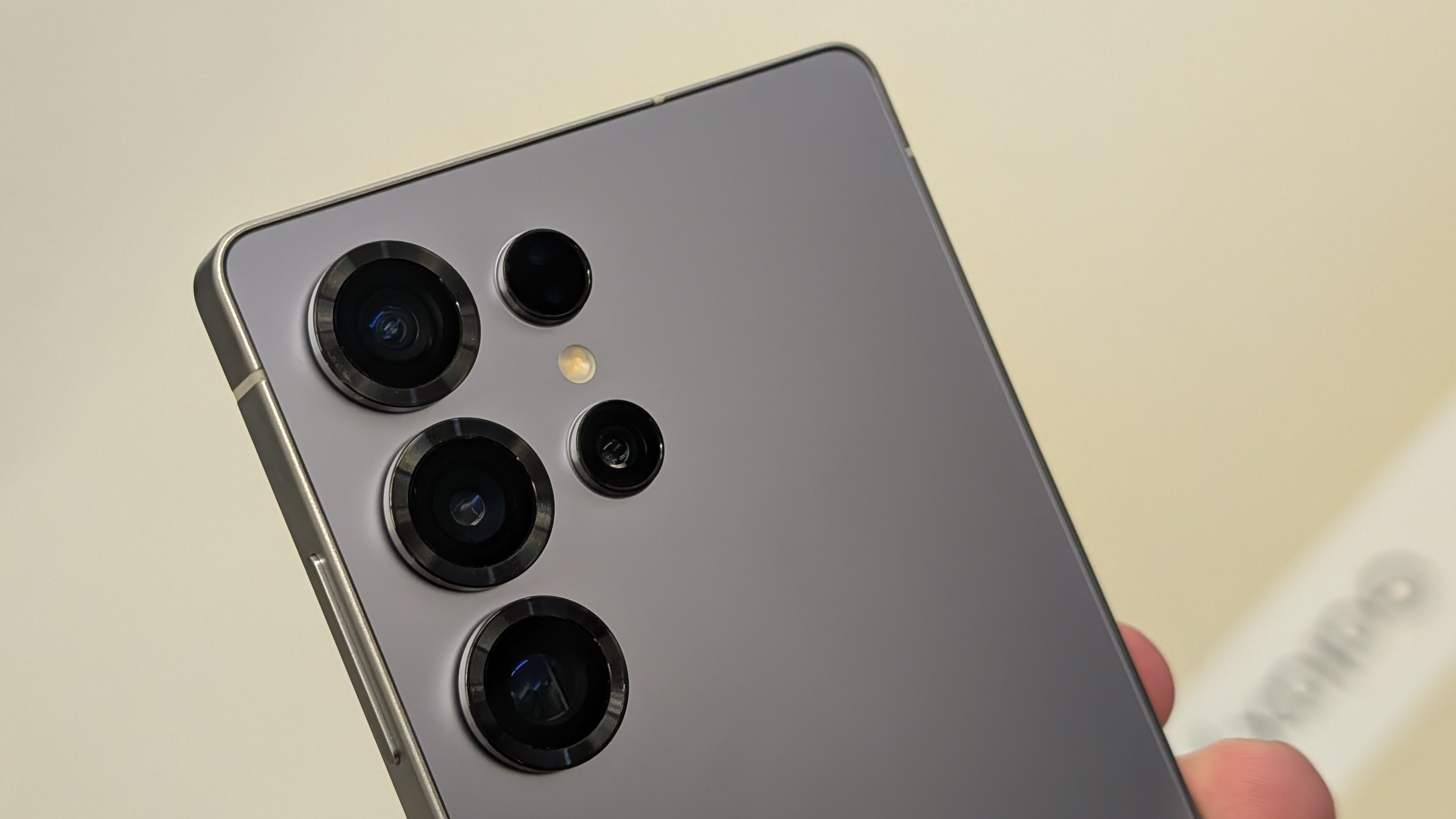
- $1,299 / £1,099 / AU$1,749 for 256GB and 12GB of RAM
- Gorilla Glass Armor 2 features unique anti-glare coating that works well
- Most versatile cameras on any smartphone
The Galaxy S25 Ultra is a flagship not just for Samsung but for the entire smartphone industry. It is a device stuffed with every imaginable feature, refined over generations into the ultimate mobile tool.
Its signature feature is the S Pen, an indispensable stylus for everything from handwriting and drawing to pinpoint-accurate photo editing and even gaming. It is so effective that I have completed an entire home purchase, signing all legal documents, exclusively with my S Pen.
The Ultra stands alone with its unique hardware. It uses a tough titanium frame and Gorilla Glass Armor 2 on the front, a glass co-developed between Samsung and Corning. Armor 2 includes an incredibly effective anti-glare coating that makes a huge difference in direct sunlight.
The Galaxy S25 Ultra's camera system is the most remarkable you can buy. It has four cameras on the back, and every single sensor – including the ultrawide and the two separate telephoto lenses – is bigger and better than those on the other Galaxy S25 models.
The main camera uses a 200MP sensor that produces knockout 12MP images, especially for food, portraits, and night shots. But it’s the zoom system that stuns. It includes both a 3x zoom lens and a remarkable 5x telephoto lens backed by a large 50MP sensor. You can digitally zoom up to 100x, but you can fill the frame with a full moon at around 70x – and your moon photos will leave your iPhone friends speechless.
What’s still missing from the Galaxy S25 family?
As incredible as the Galaxy S25 family is, there's always room for improvement.
- Faster Charging: The OnePlus 13 uses newer silicon carbon battery technology and features 80W charging that can reach 92% in 30 minutes. The Galaxy S lineup could benefit from similar charging speeds.
- Better Biometrics: The fingerprint scanners on the Galaxy S25 series lag behind the competition. Apple's FaceID is so much faster that it feels like Samsung needs an entirely new approach to biometric security.
- Built-in Magnets: While case makers add MagSafe-aligned magnets, it’s time for Samsung to build its own magnetic accessory ecosystem directly into its phones, following the lead of Apple.
You might also like...

Starting more than 20 years ago at eTown.com. Philip Berne has written for Engadget, The Verge, PC Mag, Digital Trends, Slashgear, TechRadar, AndroidCentral, and was Editor-in-Chief of the sadly-defunct infoSync. Phil holds an entirely useful M.A. in Cultural Theory from Carnegie Mellon University. He sang in numerous college a cappella groups.
Phil did a stint at Samsung Mobile, leading reviews for the PR team and writing crisis communications until he left in 2017. He worked at an Apple Store near Boston, MA, at the height of iPod popularity. Phil is certified in Google AI Essentials. His passion is the democratizing power of mobile technology. Before AI came along he was totally sure the next big thing would be something we wear on our faces.
You must confirm your public display name before commenting
Please logout and then login again, you will then be prompted to enter your display name.